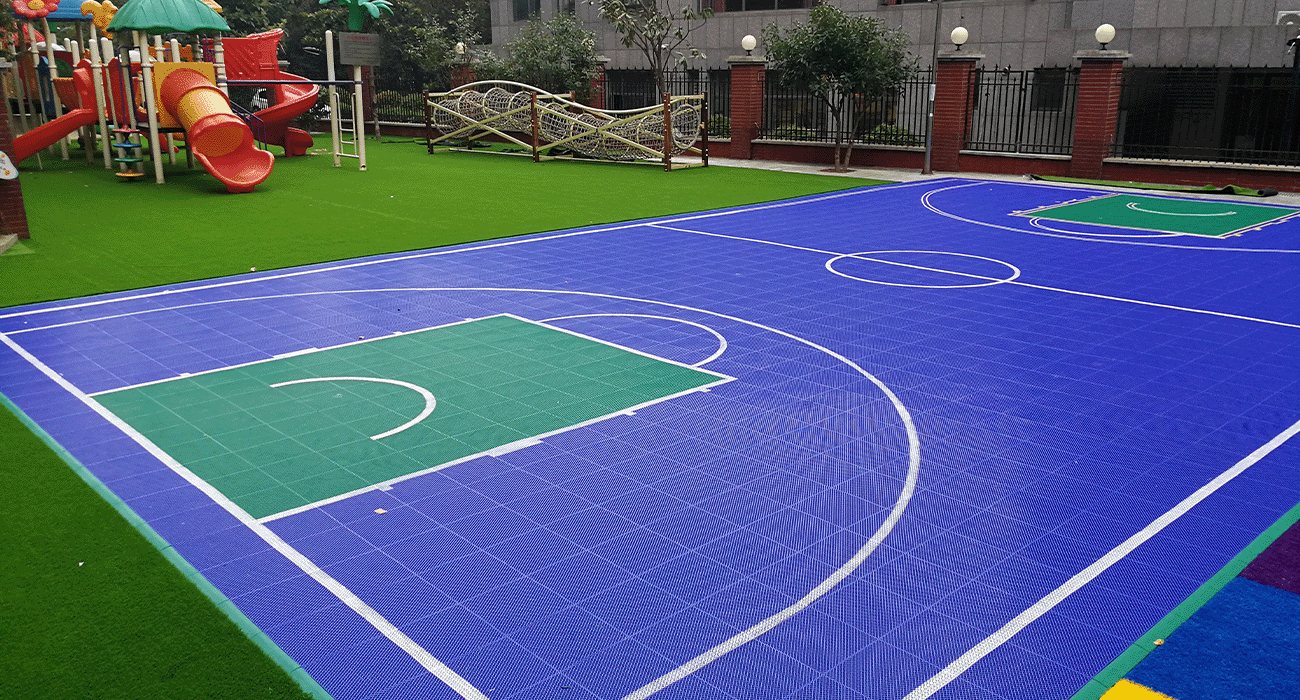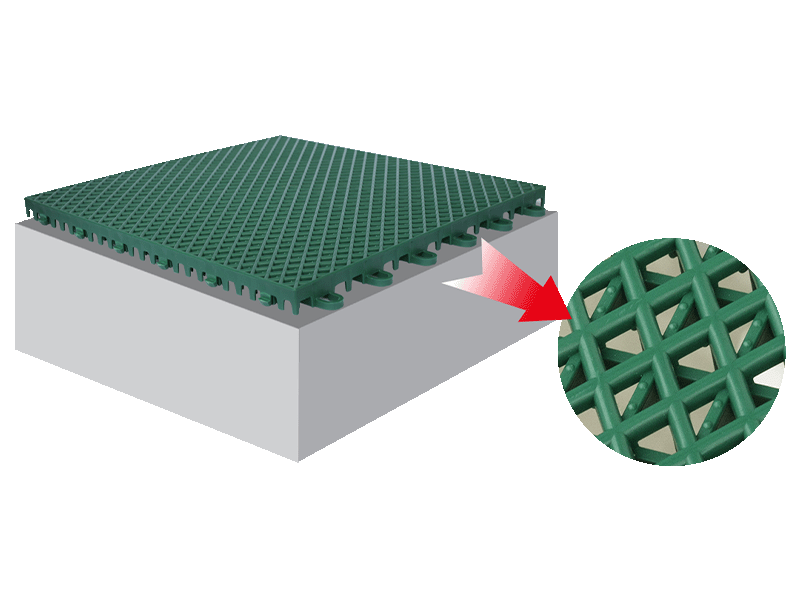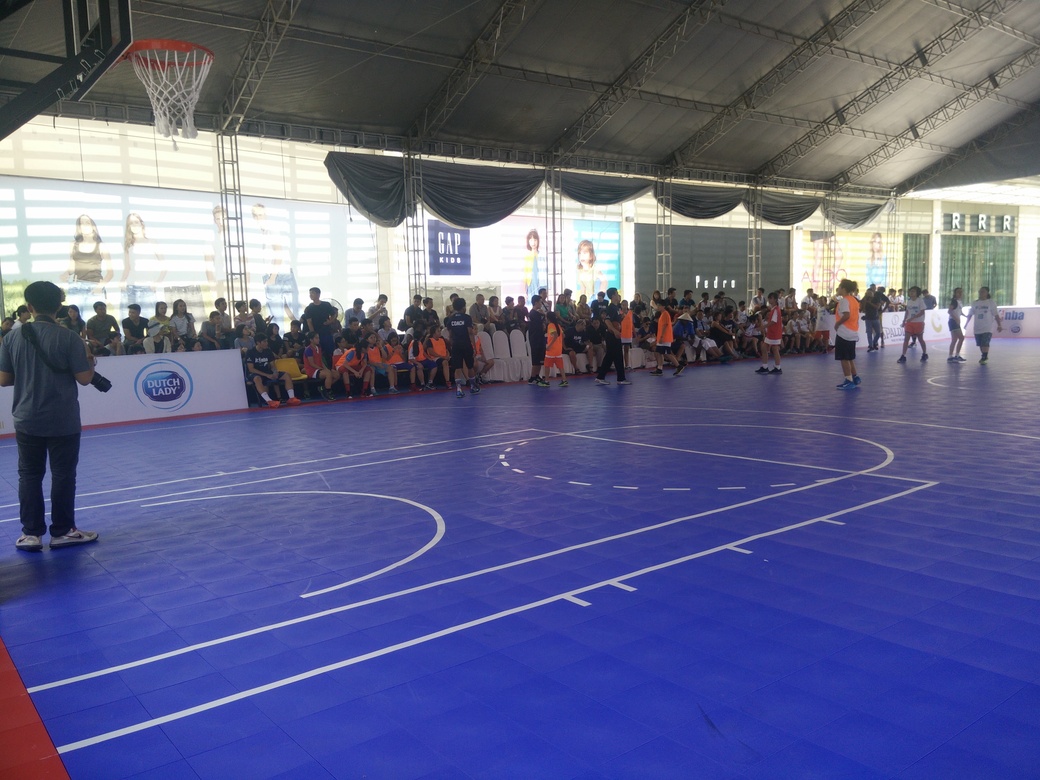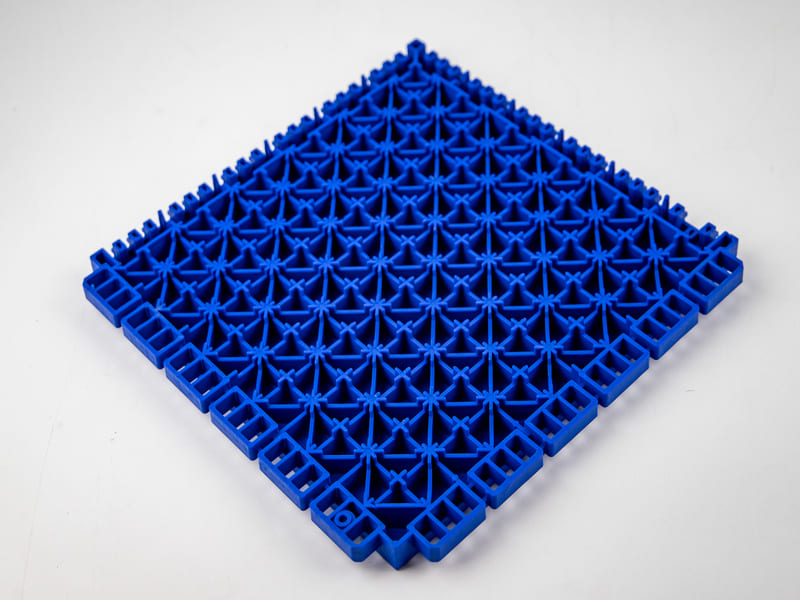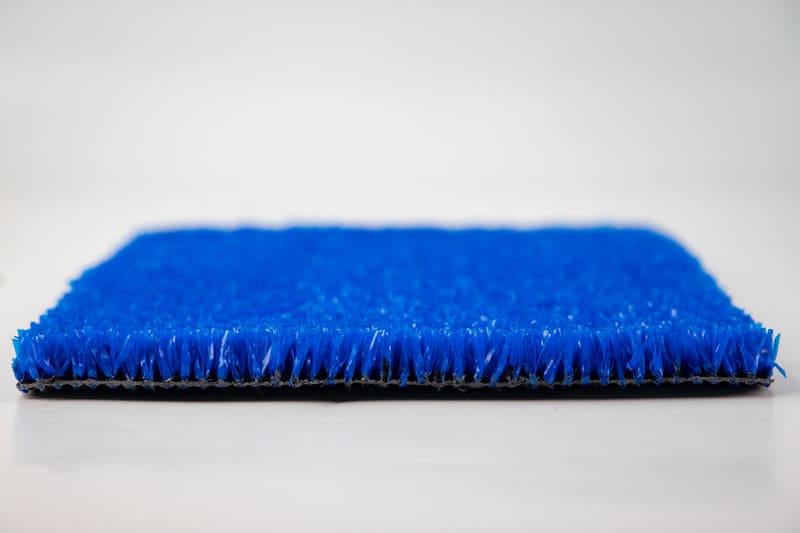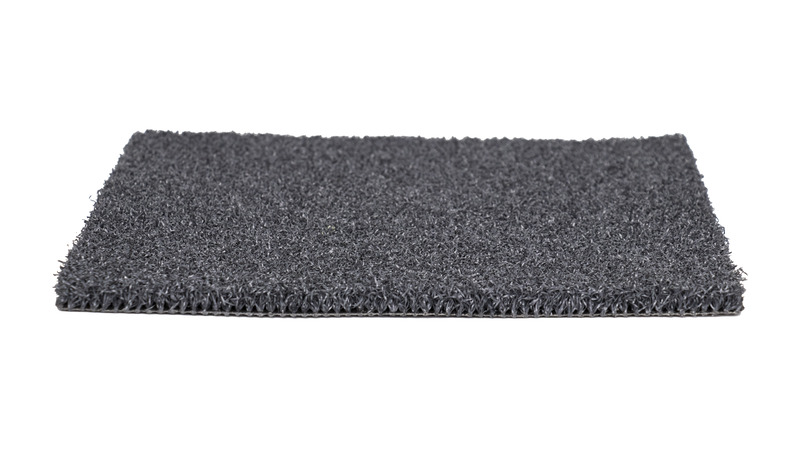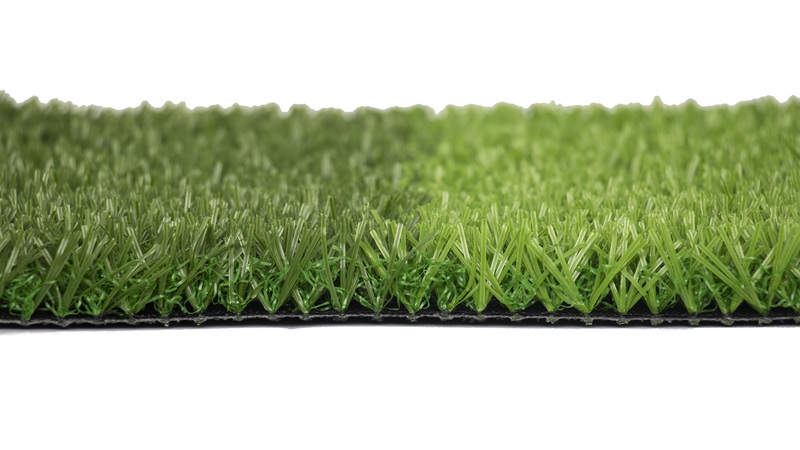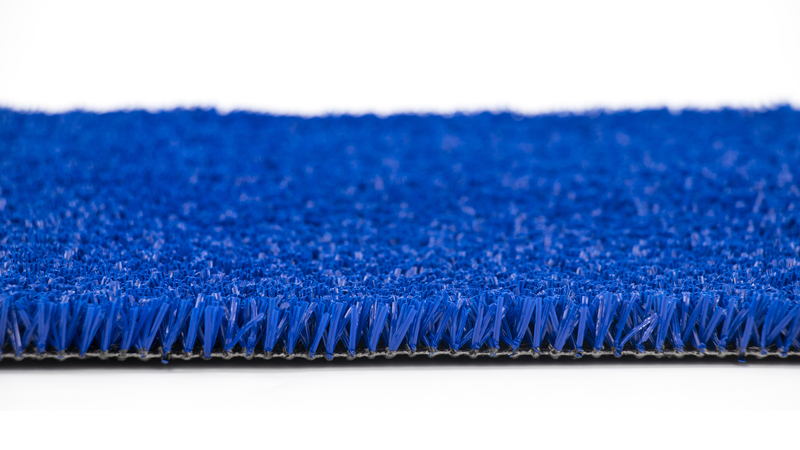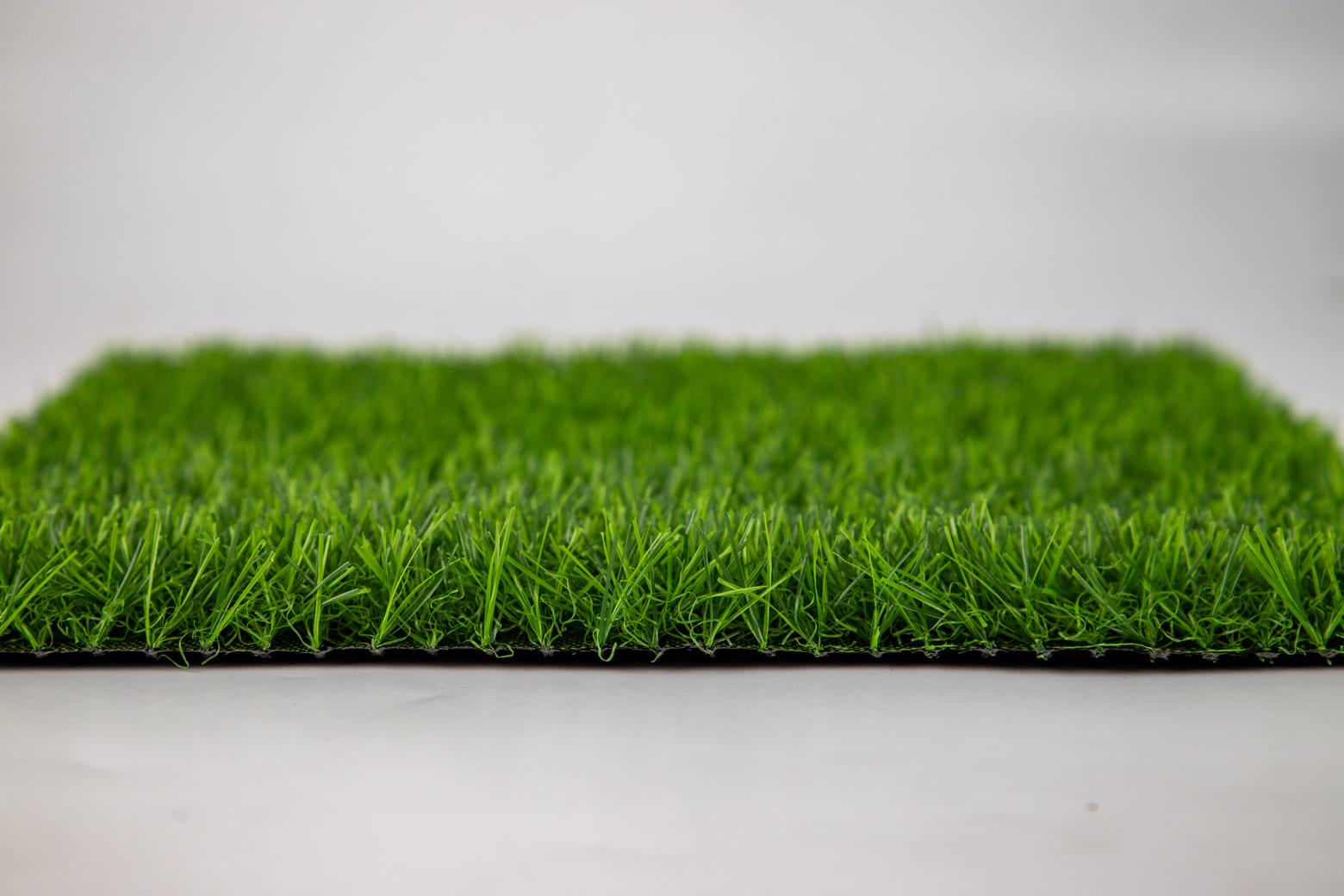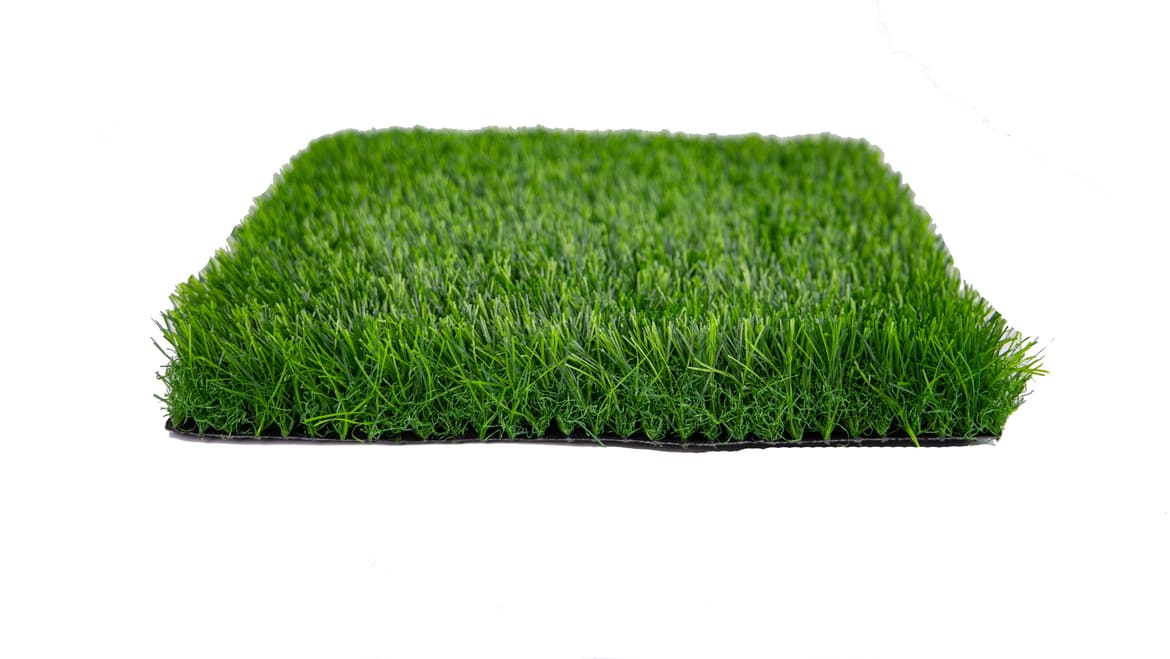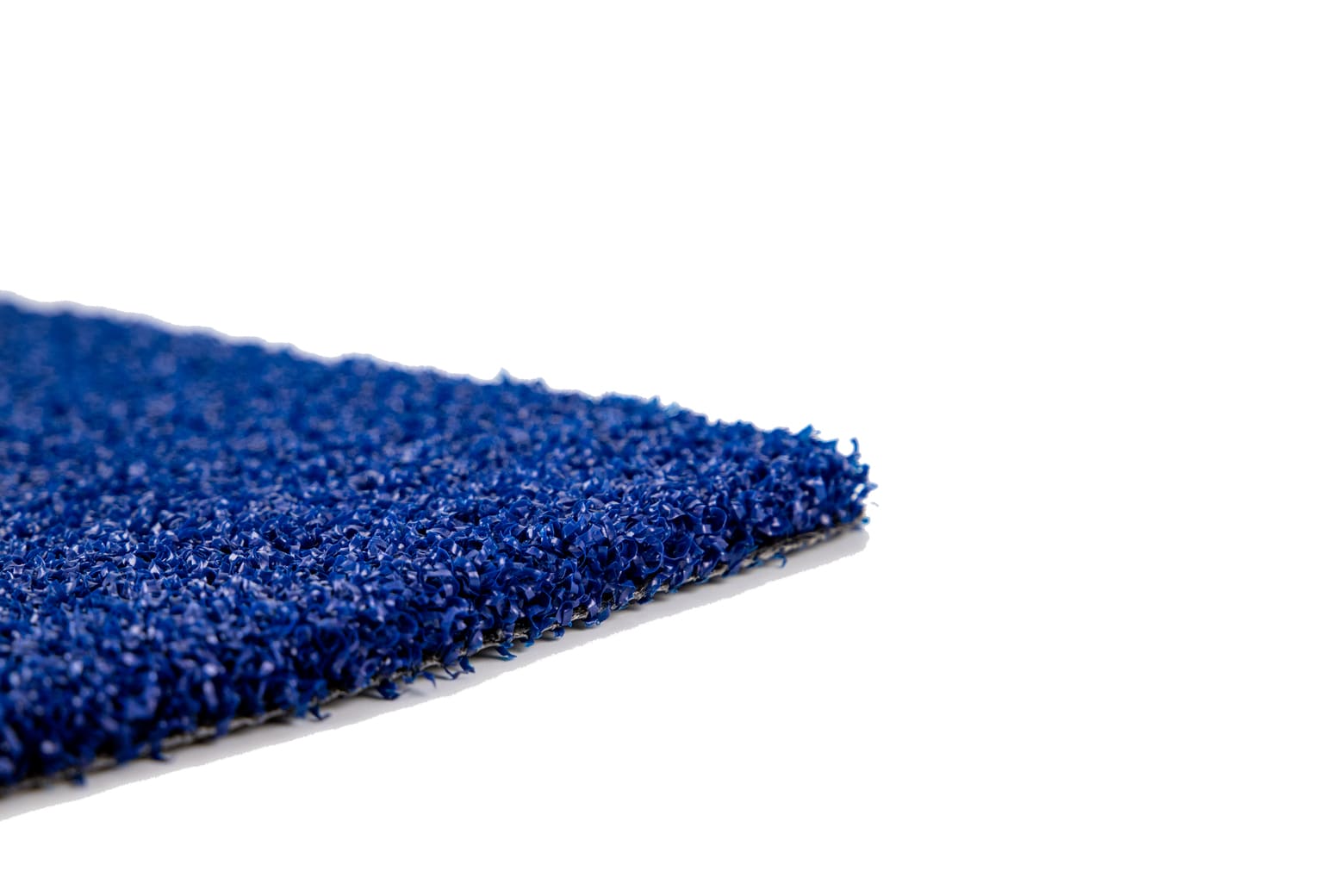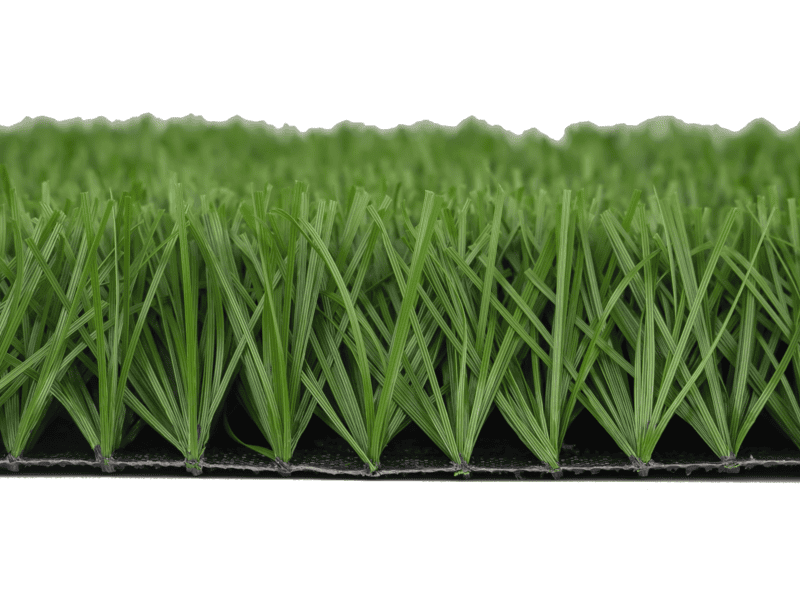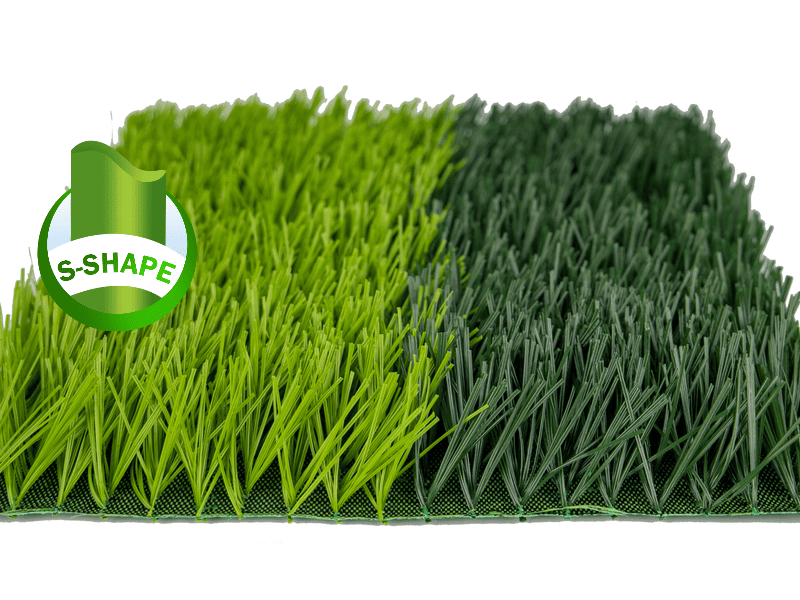Choosing the right flooring for a gym is a crucial decision that impacts both functionality and aesthetics. Gym flooring needs to withstand heavy foot traffic, intense workouts, and high-impact activities while providing safety and comfort. Among the most popular choices are interlocking tiles and traditional gym floor tiles, each offering unique advantages. Additionally, sports flooring solutions must cater to different types of workouts, from weightlifting to cardio and flexibility training. This article explores their differences to help you determine the best fit for your space.
Padel Sports Court Interlocking Tiles
Understanding Interlocking Tiles
Interlocking tiles are a modern flooring solution designed for easy installation and adaptability. These tiles feature a puzzle-like design that allows them to lock together securely without the need for adhesives or professional assistance.
One of their greatest advantages is their versatility. Interlocking tiles are commonly made from materials such as rubber, PVC, and foam, each offering distinct benefits. Rubber interlocking tiles provide excellent shock absorption, making them ideal for weightlifting areas. PVC options offer high durability and resistance to moisture, while foam tiles provide a cushioned surface for activities like yoga and aerobics.
In addition to their versatility, interlocking floor tiles contribute to gym safety by minimizing slips and falls. Their textured surfaces provide enhanced grip, making them suitable for high-intensity workouts. They also offer noise reduction benefits, dampening sound from dropped weights and foot traffic.
Due to their modular nature, interlocking tiles can be easily removed, replaced, or reconfigured. This makes them an excellent choice for both temporary and permanent gym setups. Additionally, their cost-effectiveness and DIY-friendly installation make them particularly attractive to home gym owners and small fitness studios.
Interlocking Floor Tiles For Professional Games
Traditional Gym Floor Tiles: Features and Benefits
Traditional gym flooring, often found in commercial fitness centers and professional athletic facilities, is designed for long-term durability and premium performance. Unlike interlocking tiles, traditional flooring options are typically installed as large sheets or thick-cut tiles that require adhesives or specialized fitting.
Materials used in traditional gym flooring include hardwood, vinyl, and heavy-duty rubber. Hardwood flooring is a staple in sports arenas, providing a professional and polished look along with excellent shock absorption. Vinyl tiles, often used in multipurpose gyms, offer water resistance and easy maintenance. Heavy-duty rubber tiles provide unmatched durability, making them a preferred choice for high-impact training environments.
The primary advantage of traditional gym flooring is its superior resilience and professional-grade finish. It can withstand constant wear and tear, making it ideal for commercial settings where longevity is a top priority. Additionally, gym floor tiles designed for professional use often meet industry standards for impact resistance and slip prevention, ensuring optimal performance and safety. However, it typically comes with higher upfront costs and requires professional installation.
Interlocking Floor For Basketball Court
Key Differences Between Interlocking and Traditional Gym Tiles
Several factors distinguish interlocking tiles from traditional gym flooring, each influencing their suitability for different applications:
- - Installation Process: Interlocking tiles are designed for quick and hassle-free installation, making them a great DIY option. Traditional flooring, on the other hand, often requires adhesives, precise fitting, and professional expertise.
- - Cost Considerations: While interlocking tiles have a lower upfront cost, traditional gym flooring offers long-term value due to its superior lifespan and durability.
- - Maintenance and Longevity: Traditional gym floors are typically easier to clean and maintain over extended periods, whereas interlocking tiles may need periodic realignment or replacement of damaged sections.
- - Performance and Safety: Traditional gym flooring tends to offer a more stable and high-performance surface, particularly for commercial gyms. Interlocking tiles, while sufficient for home and light commercial use, may shift under heavy loads if not properly secured.
- - Customization and Flexibility: Interlocking floor tiles allow for easy modifications, making them suitable for dynamic spaces where flooring needs may change over time. Traditional gym floor tiles, while more durable, lack the flexibility for quick adjustments.
Double-layered Interlocking Floor For Amateur Sports
Choosing the Right Flooring for Your Gym
The best flooring choice depends on various factors, including budget, usage, and aesthetic preferences.
- * Home Gyms: Interlocking tiles are often the best choice due to their affordability, ease of installation, and ability to be customized for different workout spaces.
- * Commercial Fitness Centers: Traditional gym flooring is typically more suitable, offering a professional finish, enhanced durability, and compliance with safety standards.
- * Speciality Training Facilities: For weightlifting zones, heavy-duty rubber tiles—whether interlocking or traditional—are crucial for absorbing impact and preventing damage to subfloors.
- * Multi-Sport Facilities: When versatility is required, interlocking floor tiles provide an adaptable solution that can be used across different workout areas.
- * Sustainability is another consideration. Many modern gym flooring options incorporate recycled materials, reducing environmental impact. If eco-friendliness is a priority, look for flooring made from repurposed rubber or sustainable wood sources.
Interlocking Floor For Playground
Conclusion
Both interlocking tiles and traditional gym floor tiles have their advantages, and the right choice depends on individual needs. Interlocking tiles offer cost efficiency, flexibility, and easy installation, making them ideal for home gyms and smaller facilities. Traditional gym flooring, while requiring a larger investment, provides superior longevity and a polished professional look, making it a staple in commercial settings. By carefully evaluating your gym's specific requirements, you can make an informed decision that ensures long-term performance and satisfaction.
Ready to upgrade your gym flooring? Explore our range of high-quality interlocking floor tiles for the gym at Citygreen Turf to find the perfect fit for your space!




